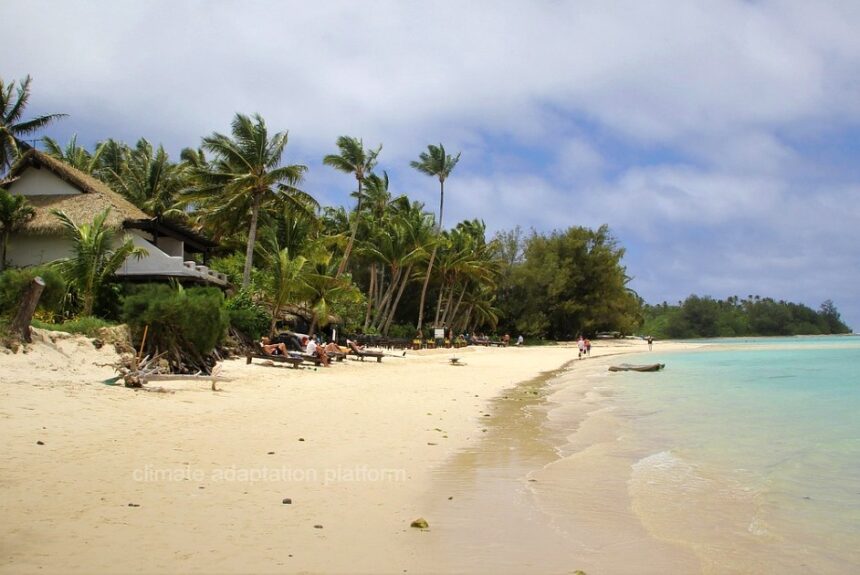Rarotonga, Cook Islands, is one of the Small Islands Developing States (SIDS) vulnerable to climate change impacts. Climatic events are causing devastating losses to businesses, livelihoods, and the overall economic and social condition of Rarotonga and other SIDS.
To address climate change impacts, the study proposed using the Building Back Better Framework to adapt and address climate change vulnerabilities.
“BBB is a holistic concept that aims to build resilience in a community’s physical, social and economic environments, enhancing the ability to adapt to climate change impacts.”
Build Back Better (BBB) became popular after the 2004 Indian Ocean Tsunami, which affected 14 countries and devastated coastal areas. BBB may be better known as a concept applied to physical structures, particularly in improving post-disaster reconstruction and recovery by addressing pre-existing vulnerabilities.
However, there is a strong sentiment that the concept can extend beyond the built environment and address the communities’ social, environmental, and economic conditions, making BBB a holistic approach to address all vulnerabilities and improve resilience successfully.
The study’s authors, Sandeeka Mannakkara and Wilkinson, went a step further and developed the Build Back Better Framework to understand and implement the BBB concepts and identify the best practices for climate adaptation.
The BBB Framework’s three-pronged approach—disaster Risk Reduction, Community Recovery, and Effective implementation—is applied in the case study, which examines the climate change challenges of coastal businesses on the island of Rarotonga, Cook Islands.
The study assessed whether the framework could be a suitable climate adaptation strategy to address climate change and natural hazards, specifically in the country’s tourism industry.
Tourism is the country’s most significant contributor, but coastal areas are highly vulnerable to natural shocks like cyclones, storm surges, and sea-level rise. These natural events can result in significant losses to the tourism industry and the economy.
For example, Cyclone Sally in 1986 – 87 resulted in NZ$55 million in losses, and the five cyclones that hit in 2005 led to NZ $35 million in losses, which is equivalent to 14% of its GDP.
The study interviewed tourism businesses, such as food, accommodation, tours, and cruises on the island, to understand their challenges and government institutions for any climate adaptation and post-disaster support or assistance given to these businesses.
The study finds that the holistic concepts of Build Back Better can be an effective tool for the tourism business in Rarotonga to use for climate adaptation and embed disaster resilience in the face of climate change threats and natural hazards.
According to participants’ responses from businesses and government agencies, the BBB concept and framework cover all areas that participants deemed essential to building resilience, post-disaster recovery, and planning for future risks.
The participants also expressed that they need more government assistance to provide accurate risk information and prediction, guidance in suitable adaptation practices, and financial support to boost their adaptive capacity.
To read the entire study and know how the BBB Framework can guide and inform climate adaptation strategies for vulnerable areas affected by climate change, click the link below:
Source:
Mannakkara S. (2021) Adapting to Climate Change by Building Back Better in Disaster Recovery: Case Study of Rarotonga, Cook Islands. In: Djalante R., Bisri M.B.F., Shaw R. (eds) Integrated Research on Disaster Risks. Disaster Risk Reduction (Methods, Approaches and Practices). Springer, Cham. https://doi.org/10.1007/978-3-030-55563-4_17
PHOTO CREDIT: Te Manga is the highest mountain in Rarotonga and Cook Islands by By Photo by Marcus Gleinig (Suwarrow) – Transferred from English Wikipedia, CC BY-SA 3.0, https://commons.wikimedia.org/w/index.php?curid=9980935



Leave a Reply